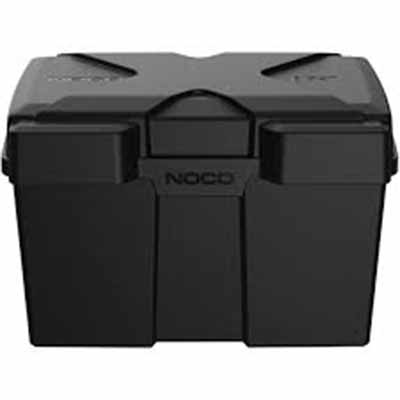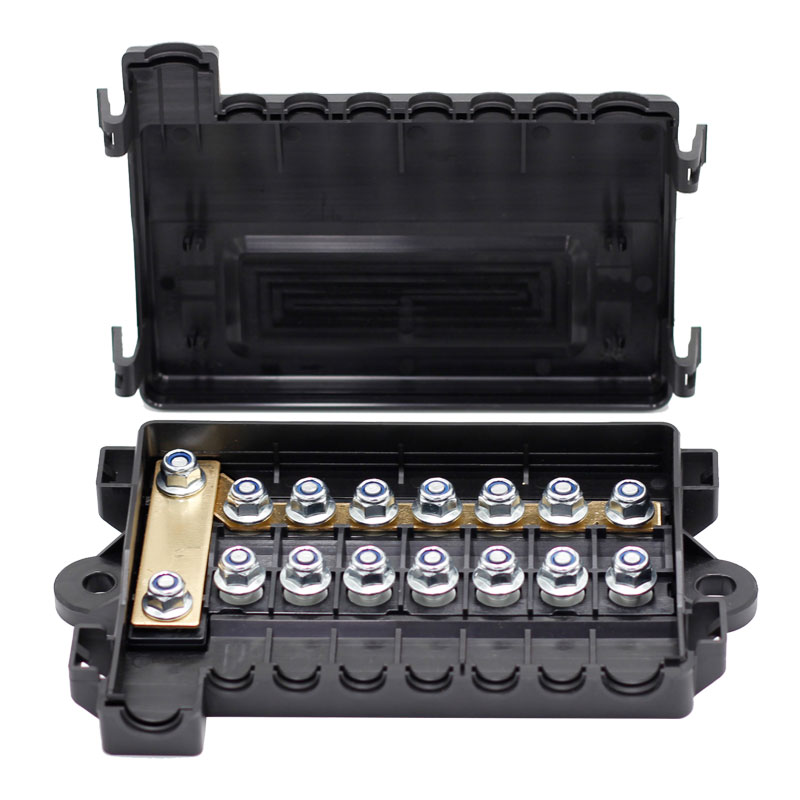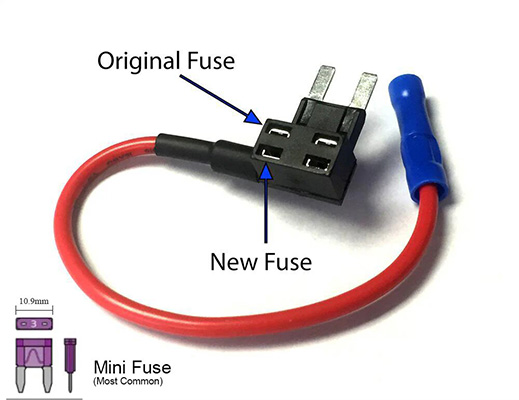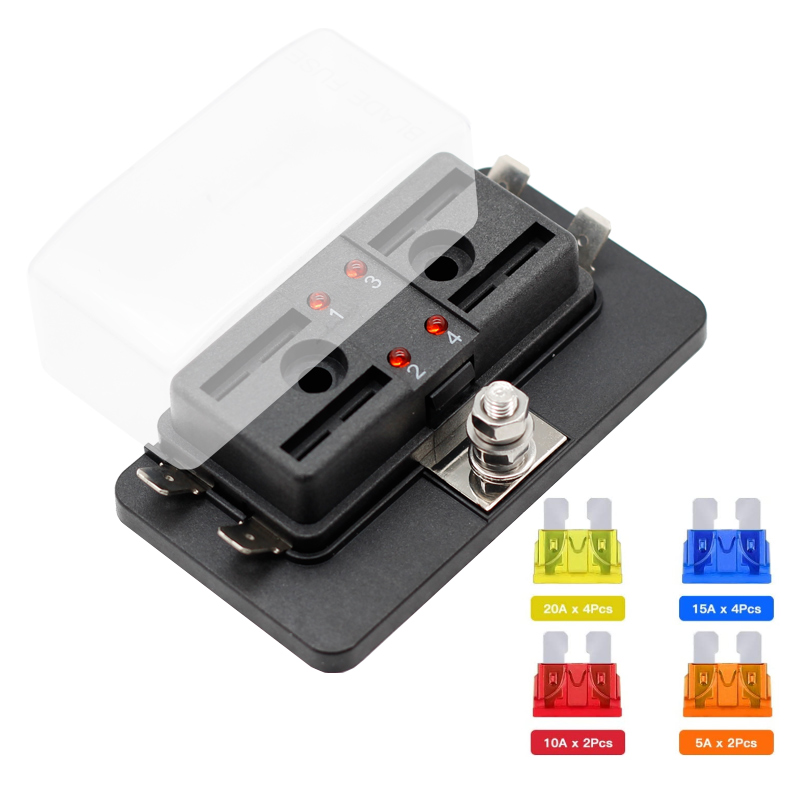Essential Safety and Design Guidelines for Lithium-Ion Battery Enclosures in Electric Vehicles
News 2025-10-20
The automotive sector is increasingly reliant on lithium-ion batteries for electric vehicles, driven by their high energy density and efficiency. However, the potential hazards, such as thermal runaway and chemical leaks, necessitate robust safety measures. Car battery boxes serve as critical protective enclosures, adhering to stringent design standards that ensure reliability and user safety. This article examines these standards, focusing on how they address real-world risks while enhancing performance in electric mobility.

Core Components of Safety Design
Safety design for lithium car battery boxes prioritizes materials and structures that can handle extreme conditions. High-strength composites and metals are used to resist impacts and punctures, while integrated cooling systems manage heat to prevent overheating. Standards also mandate precise sealing to avoid moisture ingress, which could lead to short circuits. These elements not only comply with regulations like UL and ISO but also improve the overall durability and longevity of the battery system in demanding environments.
Performance Advantages in Key Applications
In electric vehicles, battery boxes with advanced safety designs offer significant benefits in various scenarios. For instance, in urban driving, they provide vibration resistance and efficient thermal management, ensuring consistent performance. In long-haul applications, such as delivery fleets, lightweight yet strong enclosures reduce vehicle weight, enhancing range and energy efficiency. Additionally, real-time monitoring features integrated into the design allow for early fault detection, minimizing downtime and maintenance costs while upholding safety in high-stakes operations.
Frequently Asked Questions
1. What are the primary risks associated with lithium car batteries?
Answer: The main risks include thermal runaway, which can cause fires, and electrolyte leakage that may lead to toxic exposure or corrosion.
2. How do safety standards improve battery box performance?
Answer: Standards enforce features like reinforced structures and venting systems that enhance durability, reduce failure rates, and ensure safe operation under stress.
3. What materials are typically used in these battery boxes?
Answer: Common materials include aluminum alloys for lightness and strength, along with flame-retardant plastics to contain fires and protect internal components.


